Bolster the growth and digital transformation of your business amid the outbreak through the Anti COVID-19 SME Enablement Program. Get a $300 coupon package for all new SME customers or a $500 coupon for paying customers.
By Qian Ming from QbitAI
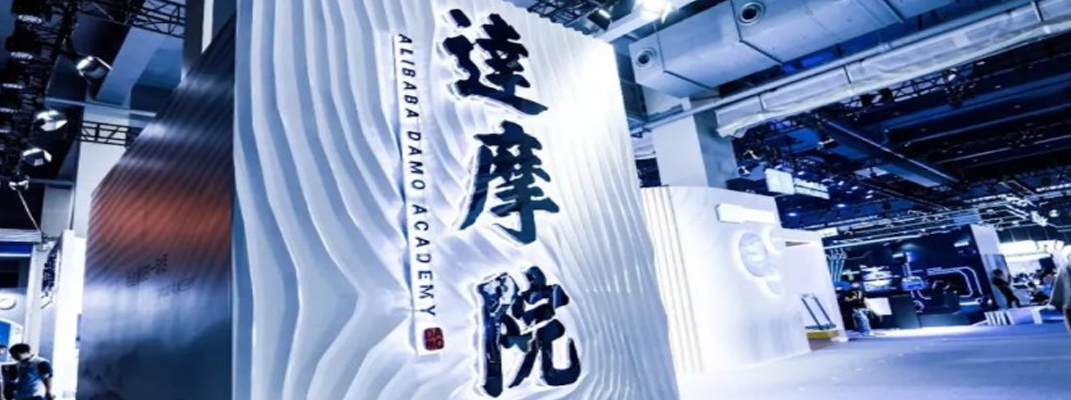
Alibaba DAMO Academy was not founded to fight against the epidemic. Even Jack Ma couldn't have expected the academy to rise to the occasion so proactively by offering timely solutions.
At the height of the fight against the COVID-19 epidemic, Alibaba AI has been pitching in to help the anti-epidemic effort whether through the gene detection platform jointly developed with Zhejiang CDC, which shortens the time spent on gene analysis of suspected cases to half an hour or through the CT imaging system first put to use in Zhengzhou's rapidly built hospital modeled on Beijing's "Xiaotangshan Hospital". Alibaba DAMO Academy and the "sweeper monks" (researchers) have also become emblematic of Alibaba AI's anti-epidemic efforts.
Moreover, the academy's influence continues to grow. According to Alibaba's statistics, as of March 31st, 2020, the AI-enabled CT imaging system developed by DAMO Academy has been commissioned and used to diagnose 340,000 clinical cases in nearly 170 hospitals across 16 provinces and municipalities, including Zhejiang, Henan, Hubei, Shanghai, Guangdong, Jiangsu, and Anhui.
As COVID-19 proliferates throughout the world, the medical AI system developed by DAMO Academy, representing China's cutting-edge AI technology, is assuming greater responsibility in the cause of "One world, One Fight".
These feats are impressive, but DAMO Academy and the researchers have a long history of developing and expanding the potential of technology. This team has been sharpening the "sword" they are using in this fight against the epidemic for four complete years.
Let's understand how the researchers of DAMO Academy have been preparing.
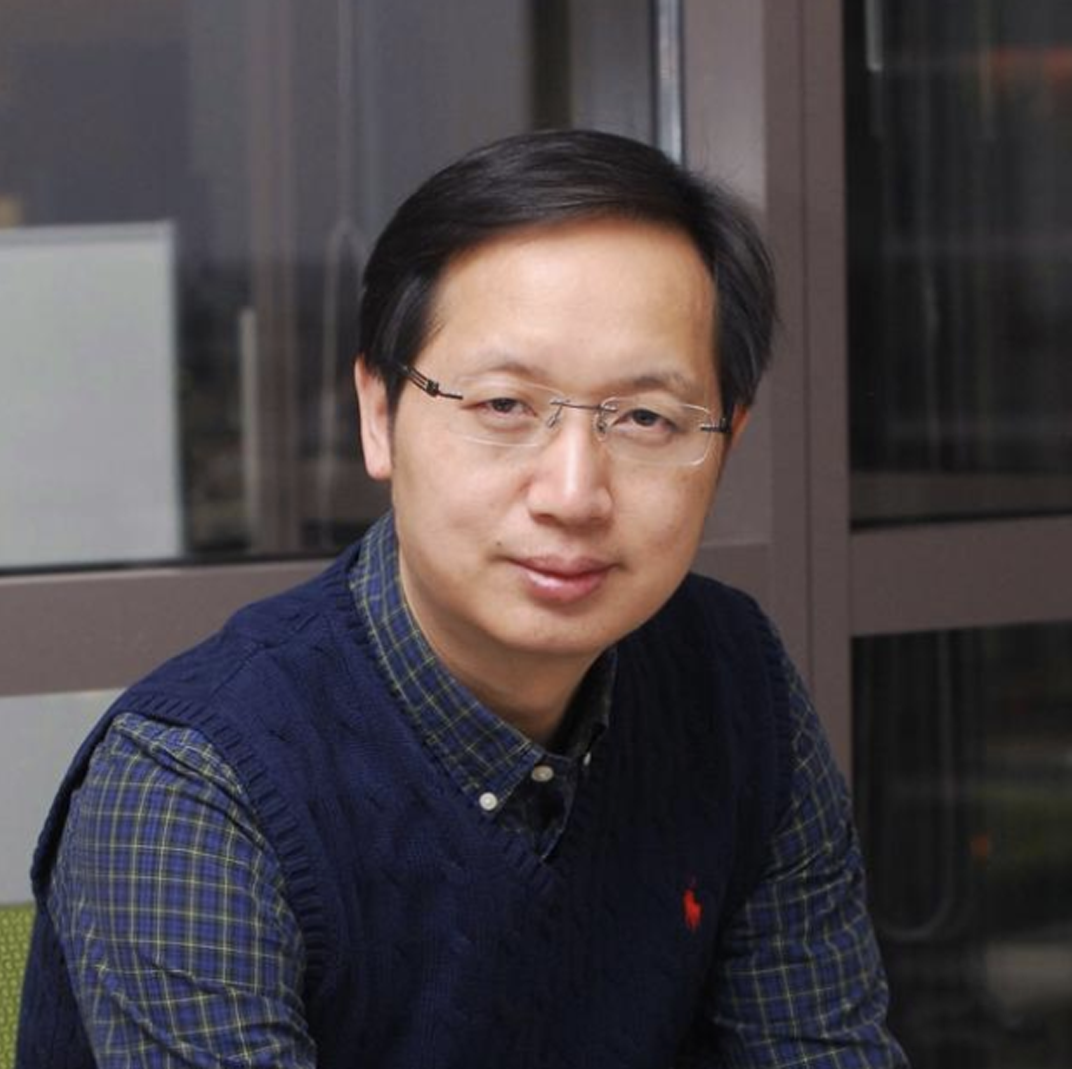
Hua Xiansheng, Vice President of Alibaba Group and Senior Researcher at DAMO Academy
DAMO Academy's medical AI started in 2016, and Hua Xiansheng, the then Vice President of Alibaba iDST, and his team were tasked with the job.
Hua graduated from the famous Huanggang Middle School and received a Ph.D. in mathematics from Peking University in 2001. After working at Microsoft for 14 years, Hua was persuaded by Wang Jian, his former boss and the "Father of Alibaba Cloud", to join Alibaba where he spearheaded the development and application of AI-enabled visual technologies.
Even though it was 2016, it was unclear how AI could fit into the medical field. However, Hua firmly believed in the inevitability of using AI in the medical and healthcare sector. He recalled, "The medical and healthcare sector is imbalanced in many ways, such as the imbalance between the supply of and demand for medical resources and medical insurance coverage, and imbalance of knowledge between doctors and patients. AI should be able to play a prominent role in resolving the challenge of universal health insurance."
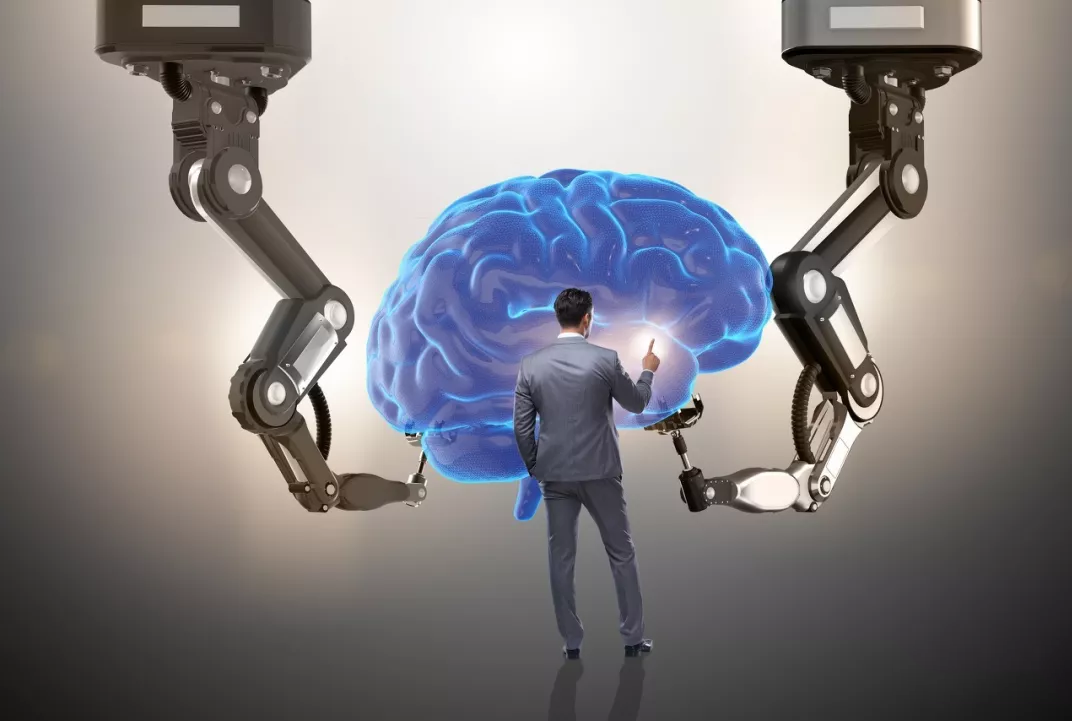
It was this foresight that gradually evolved into DAMO Academy's medical AI that is used in the fight against the COVID-19 outbreak. Around that time, medical AI came under the spotlight and saw a huge influx of entrepreneurs and venture capital investors. The companies that have maintained great momentum today, like Infervision Technology and VoxelCloud, were all founded in 2016.
In July 2017, right before DAMO Academy was officially founded, the team celebrated the occasion with a "gift", a championship they won at the internationally recognized Lung Nodule Analysis 2016 (LUNA16) challenge by setting a new world record for the average recall rate of 89.7% (the proportion of nodules successfully found in the sample data).
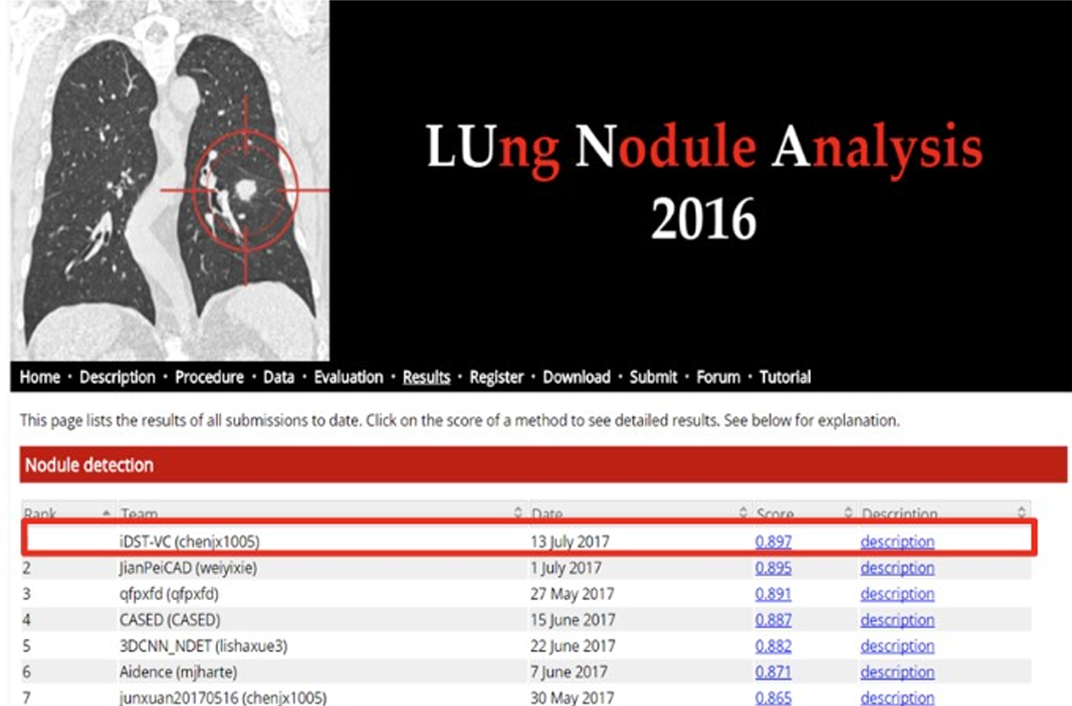
Hua Xiansheng said he thought the work was "nothing extraordinary at that time" and had never imagined that it would lay the foundation for the automatic CT diagnosis system DAMO Academy rolled out to detect the novel coronavirus-infected pneumonia. After setting the world record, DAMO Academy's medical AI team expanded their scope of research and made great progress in the detection of liver nodules, and diagnosis of cardiovascular diseases, orthopedic conditions, and pathologies.
Here are the highlights of the team's achievement:
In December 2018, Alibaba's AI team stood out among nearly a hundred teams and achieved the world's best CT scan results for two Liver Tumor Segmentation Challenge (LiTS) tasks. At the 2019 Conference on Empirical Methods in Natural Language Processing (EMNLP), DAMO Academy's AI team won first place in the event's world challenge, Bacteria Biotope (BB) relation extraction subtask. In the same year, according to the evaluation criteria of the grand challenge Rotterdam Coronary Artery Algorithm Evaluation Framework, the results of fully automatic coronary artery centerline extraction produced by DAMO Academy's AI team performed best in the industry. Related papers were received in advance by the 2019 International Conference on Medical Image Computing and Computer-assisted Intervention (MICCAI 2019), the world's top medical imaging conference.
Continuously achieving technological breakthroughs, this team of medical AI experts in DAMO Academy has published a number of papers in top-level academic journals like Nature and at prominent conferences such as Conference on Computer Vision and Pattern Recognition (CVPR). This team also obtained many international and Chinese patents, adding up to over one hundred pieces of published work, which lend tremendous support to the large-scale application of DAMO Academy's medical AI system in clinical diagnosis and medical research.
Looking back, people might assume the medical team's story was one of "smooth sailing to success" under the leadership of a "big shot". But the truth is, as Hua Xiansheng put it, no one knew the varied hardships better than the team who endured them. Medical AI is not an area where success can be achieved single-handedly.
From the moment they set out on this journey, the medical AI team has struggled through every predicament that came their way to achieve the technological breakthroughs of today and to put their work to practical use.
In fact, the rationale behind it is simple: High-quality data sets are critical to building a successful AI system. When it comes to medical AI, it has never been an easy job to acquire high-quality data.
A myriad of challenges that baffle the entire industry, such as varied quality of medical imaging data, low level of standardization, cumbersome process of manual tagging, and high data sensitivity, test the research and application of AI technology in the medical field and have stumped many entrepreneurial pioneers. These challenges have even become the weak link for some giant companies.
For example, the once-famed IBM Watson medical system claimed that it transcended the abilities of human doctors, but this hype ended in an uproar when an American health-oriented news website STAT exposed in 2018 that Watson's AI system was trained on a very limited number of datasets, among which the largest one was a lung cancer dataset with only 635 cases, and the smallest one an ovarian cancer dataset with merely 106 cases.
In addition to the data conundrum, the more realistic challenge is the low adoption among medical institutions.

According to the 2018 World AI Industry Development Blue Book jointly released by the China Academy of Information and Communications Technology (CAICT) and Gartner in September 2018, 22% of Chinese AI companies were engaged in the medical and healthcare sector, the highest percentage of all AI-related vertical industries.
The Chinese financial magazine Caijing pointed out in a report dated March 2019 that the influx of venture capital led to a high degree of product homogenization in the industry, and as a result, many AI medical products were sent to hospitals and stood idle. As time goes by, AI gradually evolved into an ornamental part of the medical sector, rather than a functional part that can help when needed.
As part of this industry, DAMO Academy's medical AI team had to face the challenges head-on.
Hua Xiansheng said that, when he looked back, he found that the fundamental game-changing truth was to "pivot on the technology platform and forge alliances with industrial partners to thrive."
This model is not new to Alibaba Group. Whether it is Taobao or Alipay in the early days, or Alibaba Cloud and T-head today, all of these products, in essence, promoted the development of their respective industries by relying on the technology to build platforms and embrace their business peers.
In the field of medical AI, Alibaba Group is in an even more advantageous position. Its Hong Kong-listed subsidiary, AliHealth, has been rooted in various health industries including medical e-commerce and new retail, Internet healthcare, consumer healthcare, and intelligent healthcare for years. With the support from AliHealth and many business partners in the medical field, such as WanliCloud, Winning Health, and GUPO Technology, DAMO Academy's medical AI team was able to continuously train and optimize the AI system on high-quality datasets. Promoted by Alibaba Cloud's robust technology, the medical AI system has been adopted by the medical industry at a pace that outperforms the majority of its peers. This is how DAMO Academy's medical AI system used for tackling the current epidemic came into being. At this juncture of crisis, what will it take to make a real impact?
The answer is always speed.
Hua remembered that, at the onset of the massive COVID-19 outbreak, the medical AI team gave up their Spring Festival vacation and started to work. The team connected many aspects, such as epidemic situation consultation, drug research and development, virus gene analysis, and clinical diagnosis, to draw up their plan of action. DAMO Academy worked day and night and rolled out an intelligent epidemic robot on January 27, 2020, and the robot was deployed in 27 provinces, municipalities, and autonomous regions across China. It made 16 million epidemic prevention and control calls for 57 cities free of charge and screened more than 200,000 people who had abnormal symptoms.
Two days later, Alibaba Cloud announced that it offered public scientific research institutions across the world free access to all of its AI computing power to help accelerate the development of drugs and vaccines for COVID-19.
Among the many beneficiaries are the team led by the prominent researcher Zhong Nanshan, Global Health Drug Discovery Institute (GHDDI), Peking University, and XtalPi. On February 1, DAMO Academy's medical AI algorithm was officially used in the etiological diagnosis of COVID-19. DAMO Academy worked with Zhejiang CDC and used the algorithm to reduce the time spent on genetic analysis of suspected cases to half an hour. This can help prevent the false negatives that may occur in nucleic acid testing and can detect virus mutations promptly.
Hua Xiansheng explained, "It works around the clock every day with an accuracy of nearly 100% and it is being introduced into more places." Moreover, DAMO Academy continued to optimize the algorithm and improved the efficiency by shortening the time spent on analysis to just 10 minutes. This system was also deployed in Wuhan Jinyintan Hospital, the major battlefield of the epidemic.
On February 15, the medical AI team and its partners announced the CT imaging algorithm they quickly developed on the basis of 5,000 CT image samples. Deployed in the fast-built hospital in Zhengzhou, the algorithm can interpret CT images of a suspected COVID-19 patient and assess the severity of the patient's condition within 20 seconds, with analysis results that are 96% accurate.
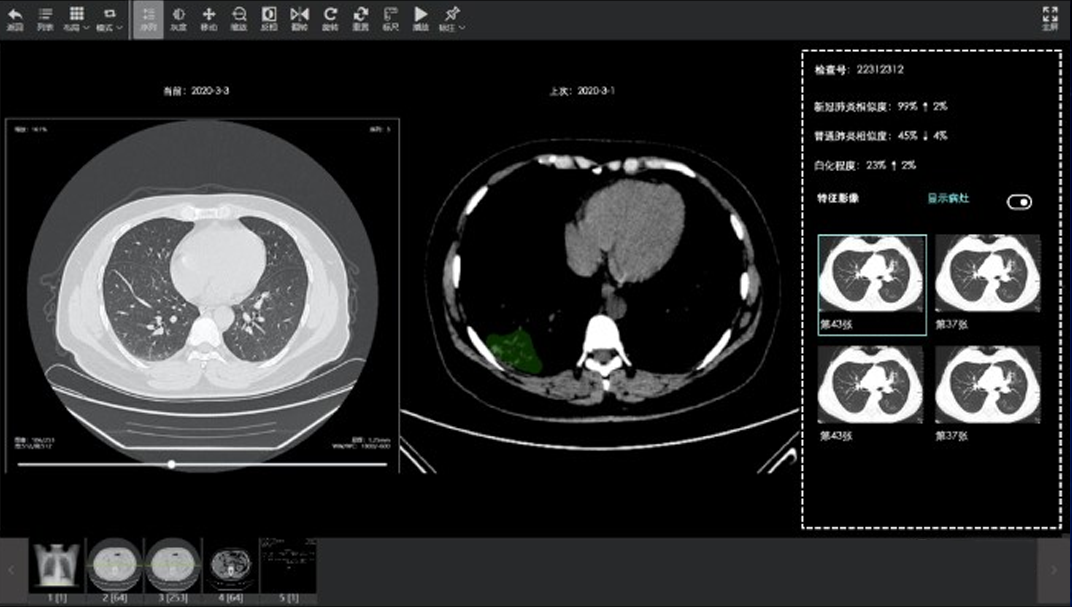
At present, this AI system is adopted by 170 hospitals across 16 provinces and municipalities, including Zhejiang, Henan, Hubei, Shanghai, Guangdong, Jiangsu, and Anhui, and diagnosed more than 340,000 clinical cases.
But to achieve comprehensive epidemic prevention and control, we need to do more. DAMO Academy's medical AI team also offers additional tools, such as a medical translation system and the epidemic forecast system, to supply information for the anti-epidemic efforts of a broader scope and a higher level.
Meanwhile, as COVID-19 moved from an epidemic to become a global pandemic, the medical AI system and Alibaba Cloud set out to serve overseas customers.
In a short time, JBC, a well-known Japanese medical technology institution, officially implemented Alibaba Cloud's AI COVID-19 diagnosis technology and began to provide services to Japanese hospitals and help doctors quickly screen for infected cases through CT images.
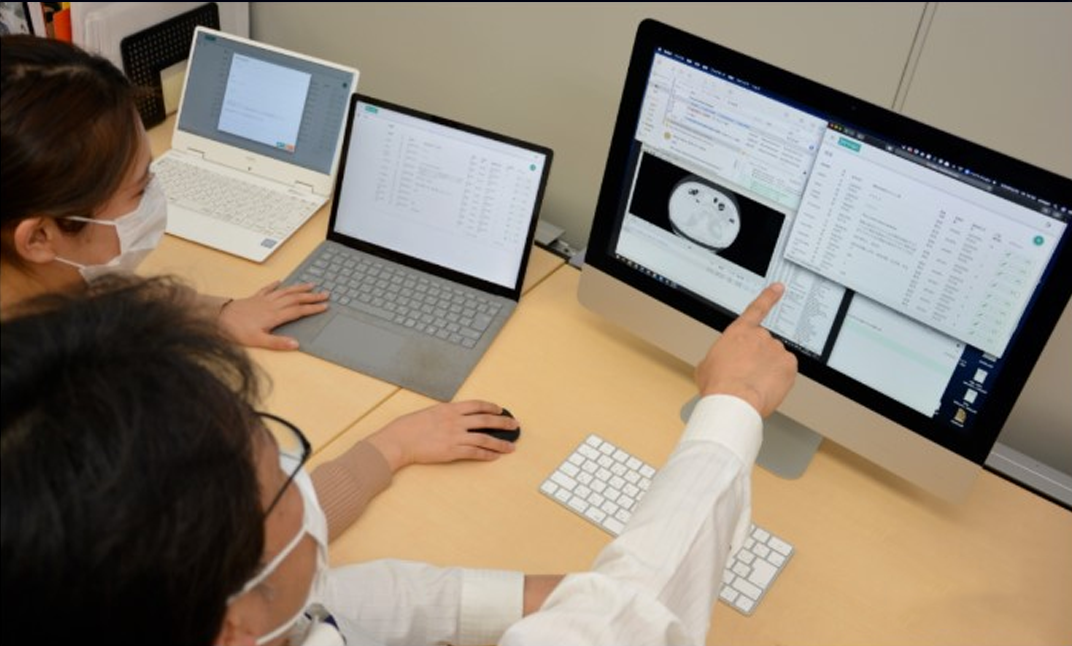
European countries are following suit. Hua disclosed that over 30 countries and regions hoped DAMO Academy could provide medical AI support through Alibaba Cloud. Of course, DAMO Academy is not alone in combating the global pandemic with technology. Amid the outbreak, most of the global medical AI businesses are taking part in the anti-epidemic effort. For example, Chinese companies such as Infervision Technology has released products that are built on their own technological strengths to provide solutions. Google, as an example of foreign tech companies, appointed 1,700 engineers to work with its sister company specializing in health technology, Verily, in a joint effort to build a coronavirus testing website.
What does Hua Xiansheng think of this? Hua is glad to hear about these efforts and believes that this epidemic is a chance for the entire industry to join together. "Fighting side by side (against the epidemic) turns many former competitors into comrades on the same side and also deepens collaboration with our partners."
More importantly, this epidemic has also turned out to be an unexpected opportunity to educate medical AI companies and test their products in the market, and to define how the medical AI solutions are positioned in the society, how to implement and promote them, and how to use them.
What does the medical AI solution that the DAMO Academy researchers aspire to look like? The answer is simple. In the near term, AI helps human doctors, and in the long term, AI helps the general public to get better control of their health. As we all know, the shortage of doctors has remained a challenge during the fight against the epidemic.
On February 5, the fifth edition of the Diagnosis and Treatment Protocol for Novel Coronavirus Pneumonia published by the National Health Committee officially listed the clinical diagnosis results from CT images as one of the criteria to identify novel coronavirus pneumonia patients. Although the new criterion greatly accelerated the speed and accuracy for confirming suspected novel coronavirus pneumonia cases, the task was still quite a burden for doctors at the forefront of the anti-epidemic battle.
It takes about 300 CT images to confirm a novel coronavirus pneumonia patient, and a radiologist usually needs to spend 5 to 15 minutes to diagnose one case. So, a doctor can only diagnose approximately 72 cases in one day even if the doctor works for 12 hours straight.
As of February 4, there were 23,260 suspected cases nationwide, and 252,154 close contacts of confirmed COVID-19 patients were being monitored. Improving the efficiency of clinical diagnosis has become one of the core needs during the anti-epidemic period.
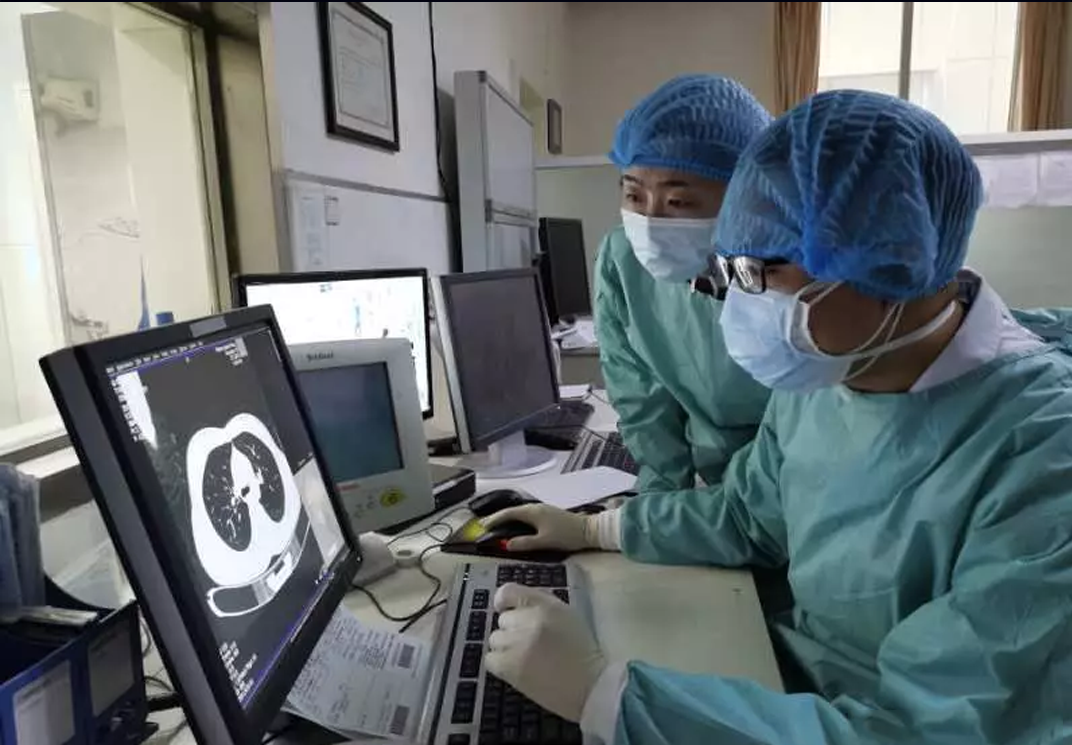
DAMO Academy and its medical AI partners acted in this time of crisis and jointly developed the novel coronavirus CT imaging diagnosis system that only takes 20 seconds on average to diagnose a case, with a computing process that takes as little as 2 seconds.
Although a more accurate diagnosis still requires doctors' collaboration, the improvement of efficiency is significant. This is also one of the reasons why the medical AI system has been adopted at such a rapid pace during the outbreak.
For this reason, Hua Xiansheng believes that in the future it will become the norm of the medical treatment system to rely on AI technology for assistance to human doctors to improve efficiency.
According to Xinhuanet's report in December 2018, the annual growth of medical imaging data in China was about 30%, whereas the number of radiologists grew by a mere 4.1%, indicating a gap in demand that had been widening over the years.
For the medical AI industry, this is an opportunity to step up their effort.
According to Hua Xiansheng, "The value of medical AI has been demonstrated in our fight against the epidemic, and it will have a profound impact on the medical industry and the public. In the coming years, we will see a substantial increase in digital and intelligent applications across the entire medical industry."
DAMO Academy's medical AI team started to take action long before anyone else.
Alibaba DAMO Academy revealed that its medical AI system has been deployed in 170 hospitals across China, not only in the first-tier cities such as Beijing, Shanghai, Guangzhou, Hangzhou, Wuhan, and Zhengzhou but also in the second- and third-tier cities, where the medical resources are relatively scarce. Hua explained that second- and third-tier cities would likely be in more urgent need for medical and healthcare AI solutions in the future. Therefore, using AI to improve diagnostic efficiency and capabilities in areas suffering shortages of medical resources will become an important scenario for medical and health AI applications both today and in the future.

However, we have a long way to go before medical AI solutions can be applied to more scenarios and used in daily life. The medical AI industry also needs to address various challenges, whether these are the acquisition of more medical data, finding a more pertinent business model, or obtaining the support of policies and regulations.
However, a sudden outbreak has also made the industry's prospects clearer.
As the saying goes, "A superior doctor prevents sickness; a mediocre doctor attends to impending sickness; an inferior doctor treats actual sickness." Now, medical AI is playing a role in the treatment of diseases.
However, Hua believes that, in the future, medical AI will expand from assisting doctors only to serving the general public, cutting the high costs of universal benefits, and eventually evolving from a medical application to a healthcare application. This is the direction that Alibaba's healthcare system and DAMO Academy's medical AI will head towards.
The same Alibaba paradigm and Alibaba strategy will be reproduced in the medical and healthcare field. Thus, the goal is to construct the infrastructure, to be more specific, the digital economy infrastructure of the medical and healthcare industry.
The medical AI solutions are now serving and evolving in the battle against the epidemic, but they always aim for helping people be free from the battle against diseases in the future.
To draw a comparison with the well-known martial arts world of ancient China, Damo Academy represents the highest-ranking institution of martial arts, and the sweeper monk is the mighty recluse living in a temple, always ready to step up in times of crisis. This symbolic significance resonates with Jack Ma and Alibaba's original intention of founding DAMO Academy. In addition, the academy also offers the "sweeper monks" of this new era, the researchers and engineers, a wider arena, and greater opportunities.
A real swordsman strives to serve the country and its people.
To learn more about our latest research and innovations in the fight against COVID-19, check out our Anti COVID-19 Webinar Series.
While continuing to wage war against the worldwide outbreak, Alibaba Cloud will play its part and will do all it can to help others in their battles with the coronavirus. Learn how we can support your business continuity at https://www.alibabacloud.com/campaign/fight-coronavirus-covid-19
Providing Education to Millions of Students while Schools Were Shut
New Infrastructure's Accelerating the Digital Transformation of Government Agencies and Enterprises

2,605 posts | 747 followers
FollowAlibaba Clouder - March 12, 2020
Alibaba Clouder - March 20, 2020
Alibaba Cloud Community - December 7, 2023
Alibaba Clouder - April 26, 2020
Alibaba Clouder - July 22, 2020
Alibaba Clouder - March 12, 2020

2,605 posts | 747 followers
Follow Platform For AI
Platform For AI
A platform that provides enterprise-level data modeling services based on machine learning algorithms to quickly meet your needs for data-driven operations.
Learn More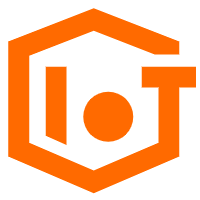 IoT Platform
IoT Platform
Provides secure and reliable communication between devices and the IoT Platform which allows you to manage a large number of devices on a single IoT Platform.
Learn More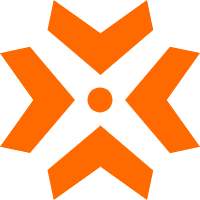 AIRec
AIRec
A high-quality personalized recommendation service for your applications.
Learn More Artificial Intelligence Service for Conversational Chatbots Solution
Artificial Intelligence Service for Conversational Chatbots Solution
This solution provides you with Artificial Intelligence services and allows you to build AI-powered, human-like, conversational, multilingual chatbots over omnichannel to quickly respond to your customers 24/7.
Learn MoreMore Posts by Alibaba Clouder